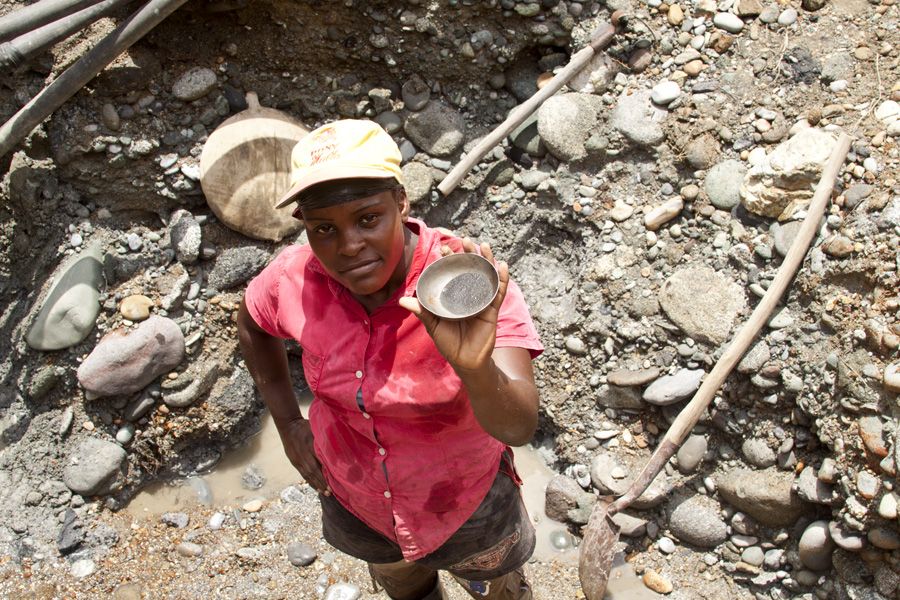September 15, 2011 | Pulitzer Center
By
Lorenzo Morales, for the Pulitzer Center
Colombia is experiencing a sudden boom in mining. The massive exploitation of coal, gold, oil and other minerals and fossil fuels is spurring economic growth but challenging the government’s ability to protect the country’s fragile environment and the communities that depend on it. From the world biggest open-pit coal mine on the north coast to the gold mines in the rainforests and the coal mines atop the Andes, this photo essay documents various aspects of Colombia’s transformation.

